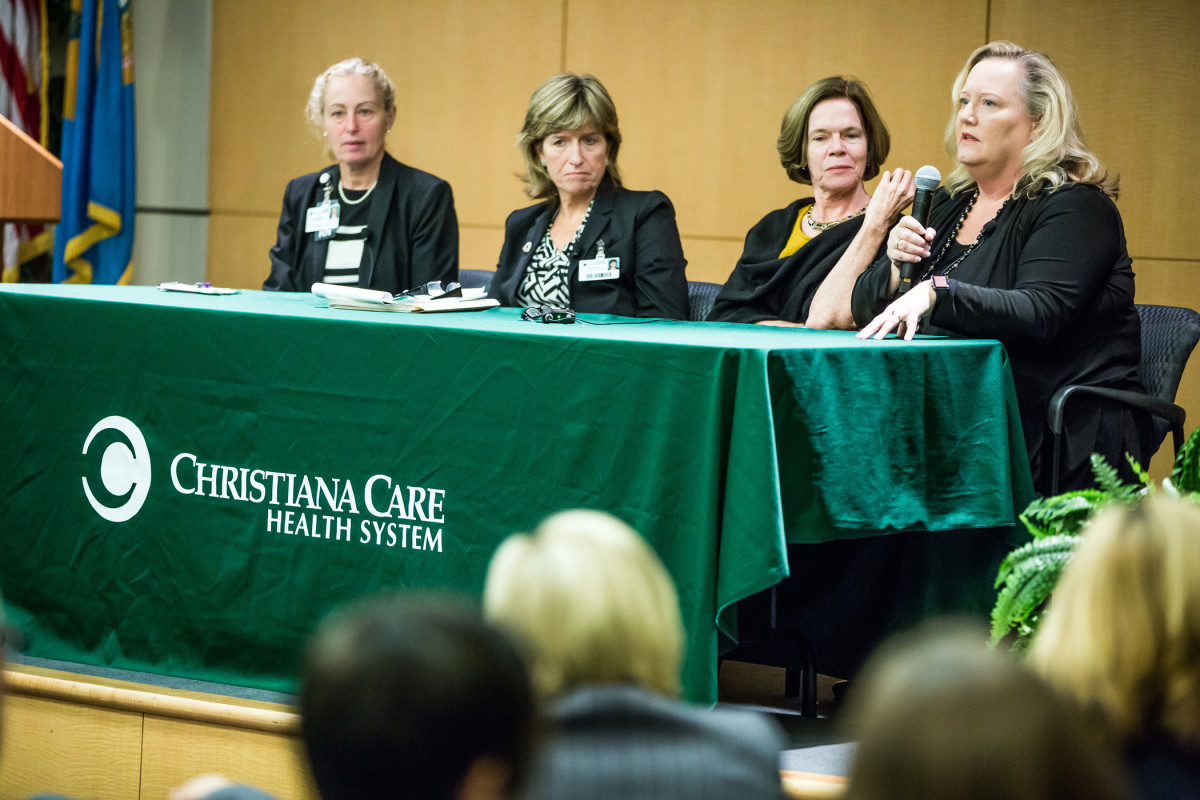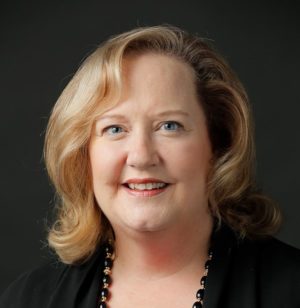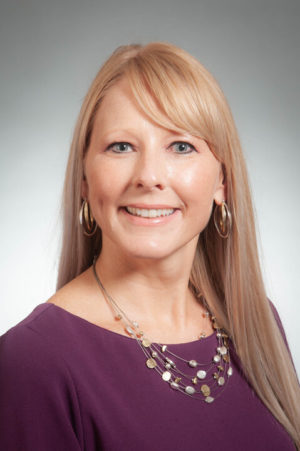Improving care transitions for adults is central to achieving value in health care, and to be most effective, those improvements must take into consideration outcomes that matter most to patients and their families.
That was the message Mary D. Naylor, Ph.D., RN, FAAN, one of the nation’s leading experts in transitional care, delivered to an audience of nearly 250 people at the Christiana Care Value Institute Fall Symposium, Oct. 5 at the John H. Ammon Medical Education Center at Christiana Hospital.
At the symposium, titled “Transitional Care: Bridging the Gap for At-Risk Populations,” Christiana Care staff learned more about Naylor’s extensive research in the field of transitional care and showcased the Independence at Home Demonstration Project and Care Link, two innovative transitional-care programs piloted at Christiana Care.
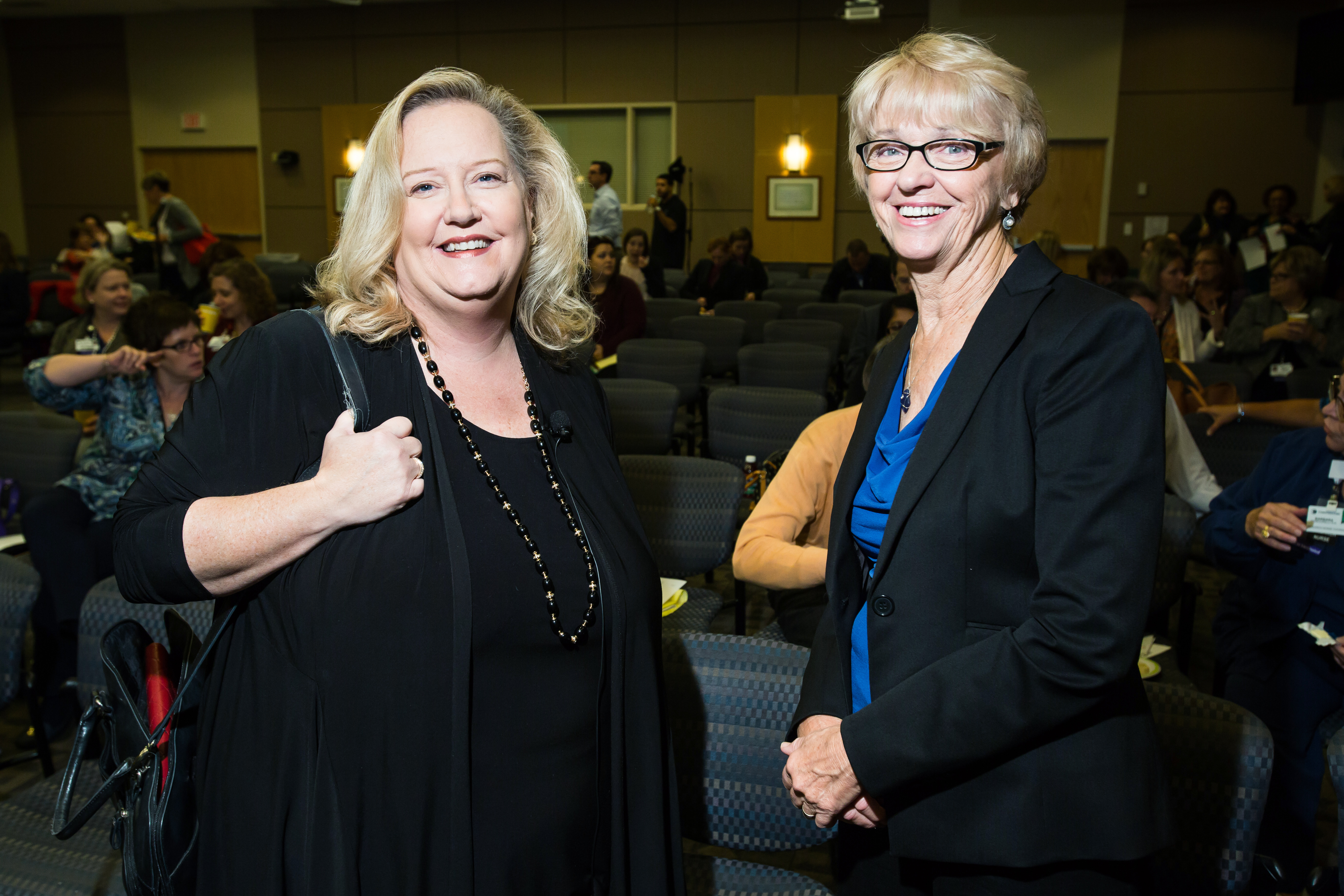
“The work we’re engaged in today is about advancing The Christiana Care Way, making sure our neighbors achieve optimal health, have exceptional experiences and that we, as an organization, have the vitality we need to give back to the community,” said Janice E. Nevin, M.D, MPH, president and CEO of Christiana Care. “At Christiana Care, we believe the key to providing value in health care is to partner with patients and their families to build a system of care that is effective, affordable and provides excellent value to everyone it touches.”

Naylor, the Marian S. Ware Professor of Gerontology and director of NewCourtland Center for Transitions and Health at the University of Pennsylvania School of Nursing, created the Transitional Care Model, which offers high-quality, evidence-based, cost-effective solutions to the unique problems faced by chronically ill, at-risk patients as they move from one care setting to another.
Those problems often include high rates of medication errors and other safety issues, serious unmet patient and family caregiver needs, and poor patient care experiences, all of which lead to high rates of preventable rehospitalizations and tremendous human and cost burdens.
“Most evidence-based interventions address gaps in care and promote effective hand-offs. By contrast, the Transitional Care Model addresses root causes of poor outcomes, with a focus on longer-term value,” Naylor said. “If we are going to really achieve value, we need to look at who is coming into the health system and use this as a chance to interrupt the trajectory of chronic illness to get to longer-term impact.”
The Transitional Care Model emphasizes engaging patients and family caregivers as partners in their own care and creating a sense of care continuity between settings.
“We can’t just apply the best standards for a given disease and think we’re going to get great outcomes,” Naylor said. “We are just beginning to understand what it is to help people with five or six problems co-existing in one body and focus on the expression of those problems — symptom management, which is important to the patients and their families – and then we can get into preparing patients and their families for eventual self-management.”
One of the tools in engendering empowerment and continuity of care is assigning a single point of contact supported by the patient’s health care team to coordinate care across all settings using evidence-based protocol supported by decision-support aids. In the Transitional Care Model, that point of contact is an advanced practice nurse.
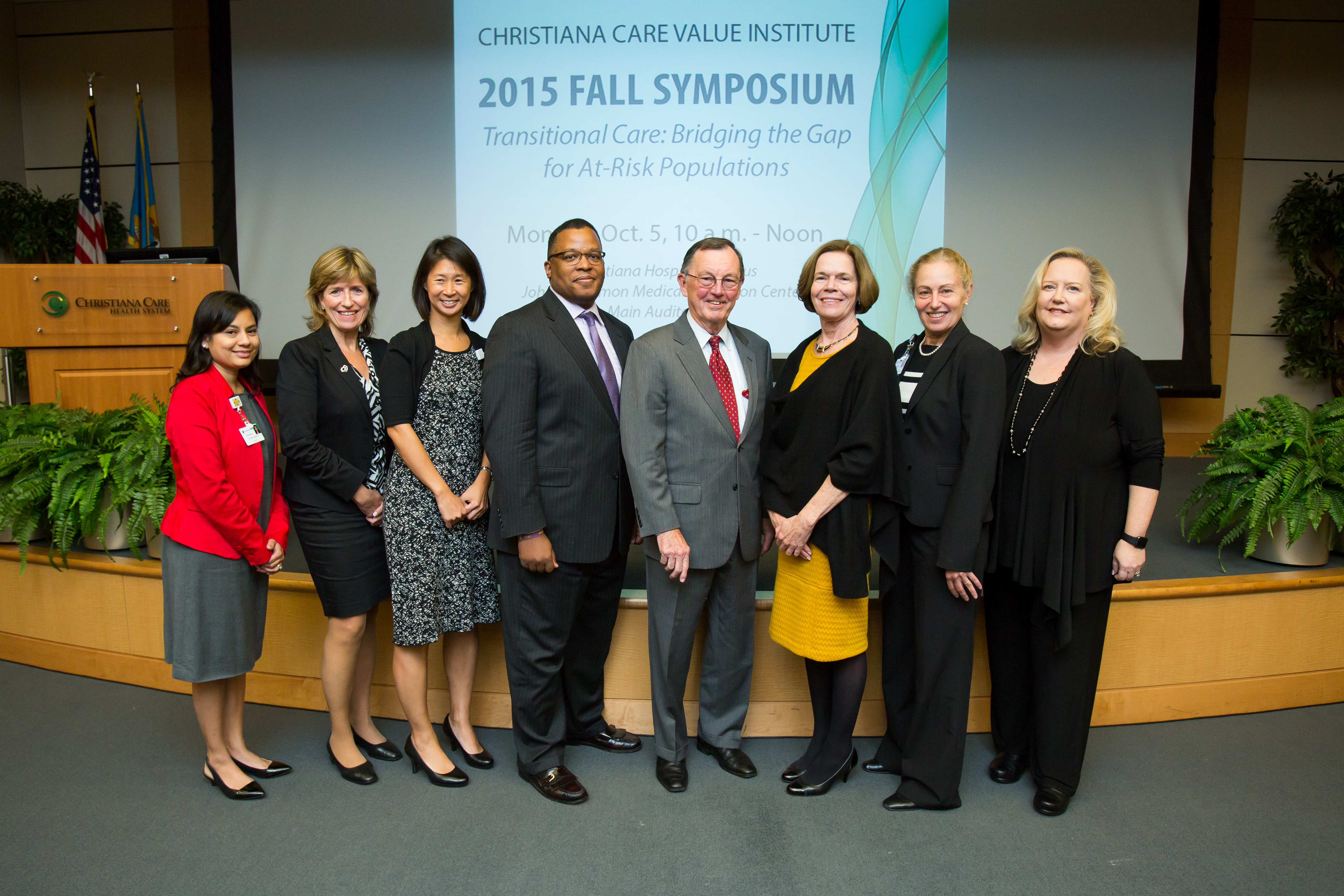
Naylor said streamlining and simplifying the coordination of care helps improve patient adherence and outcomes. Examples include shortening the list of medications a patient takes when possible, and shortening the list of people contacting each patient.
“In multiple clinical trials funded by the National Institutes of Health, the Transitional Care Model consistently has demonstrated improvements among at-risk, chronically ill older adults as well as reductions in total costs of care, relative to standard care,” Naylor said. “We demonstrated we can increase access to care, reduce errors and enhance the care experience, and reduce symptoms and enhance quality of life.”
Research on integrating the Transitional Care Model with Patient Centered Medical Homes has found patients have improved emotional health and quality of life, as well as increased time to rehospitalization, if any.
Despite excellent research results with the Transitional Care Model, Naylor acknowledged there have been challenges in wide adoption among health systems, though work now is being done in that area.
“I don’t think transitional care is the end game — population health is,” Naylor said. “We want to engage patients, improve symptom status and prevent hospitalizations through a combination of primary care and Transitional Care Model strategies.”
Within Christiana Care, two programs accomplish similar goals.
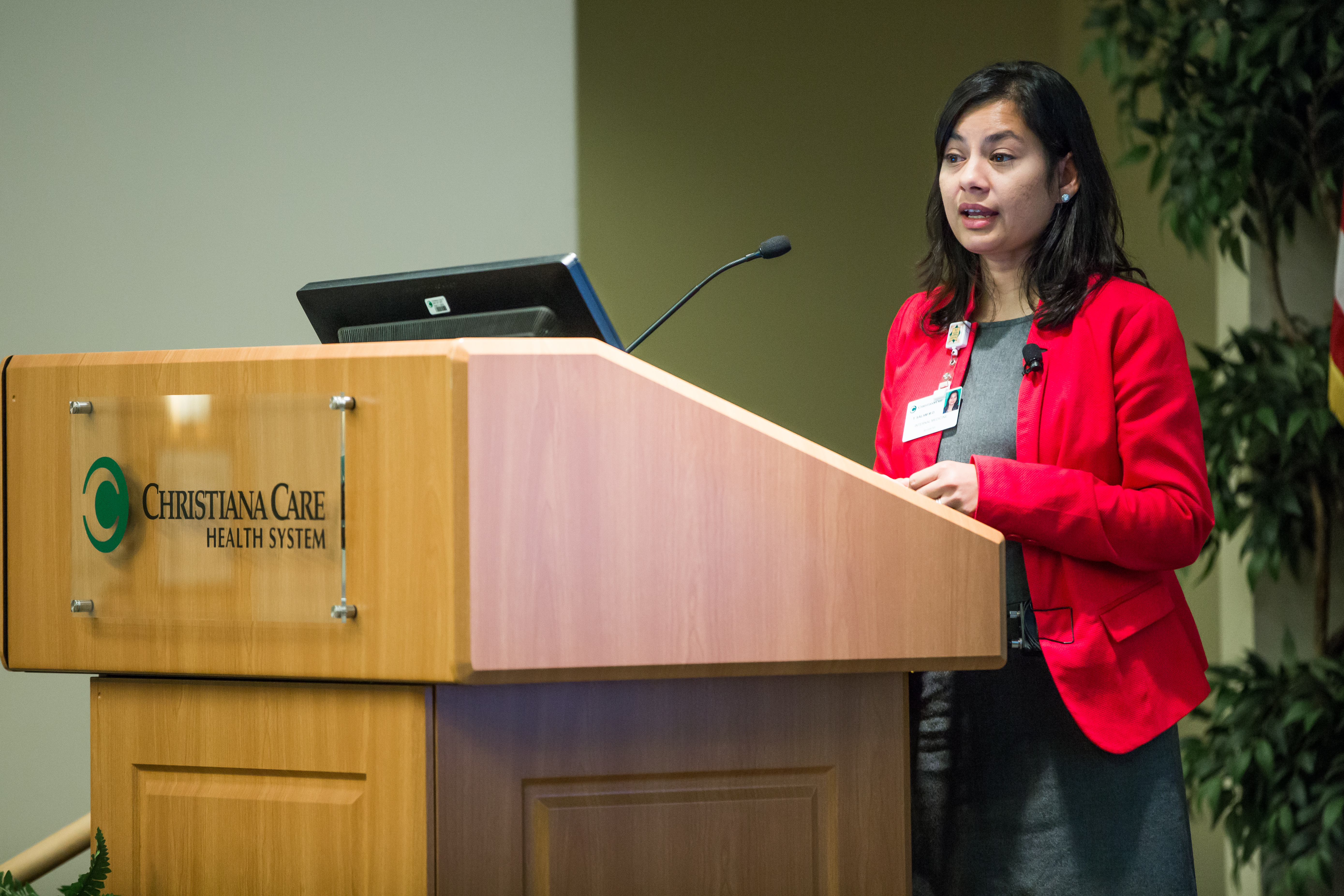
During the symposium, Ina Li, M.D., associate director of Geriatrics and medical director of the Visiting Nurse Association at Christiana Care, spoke about the Independence at Home Demonstration project. Christiana Care was one of 16 sites chosen by the U.S. Centers for Medicare and Medicaid Services to pilot the home-based primary care program, which focuses on keeping frail elderly patients in their homes as long as possible. Li said Christiana Care met all six target metrics during the program’s first year but fell just short of its cost-reduction expectations. Program directors now are working with other successful sites in the pilot to refine the program.
“It takes a village to keep an older person at home,” Li said. “It’s our entire staff that keeps patients at home.”
Tabassum Salam, M.D., medical director of Care Link Services, spoke about the innovative care-management teams established as part of Christiana Care’s Bridging the Divides initiative. The teams “break down the wall at the edge of the hospital and take our expertise back to the home,” she said, providing patients with a multidisciplinary care team to help with coordination of care, discharge planning and post-hospitalization patient advocacy.
“We’ve got to take the focus away from acute illness and bring our patients to wellness,” Salam said, reflecting a theme of the symposium. “An integral part of that journey is giving them support.”
